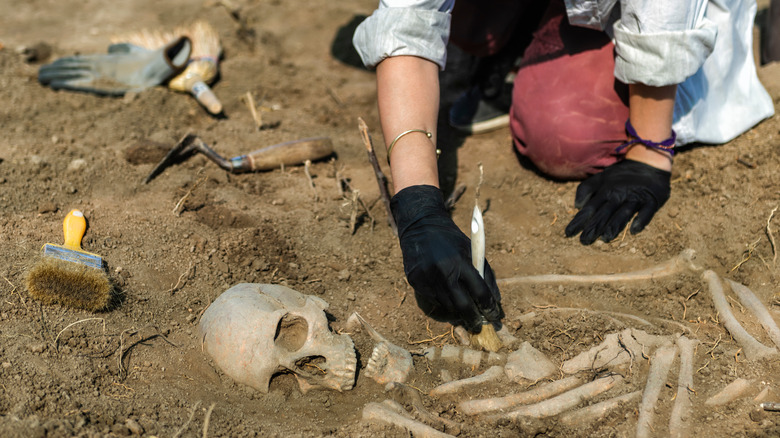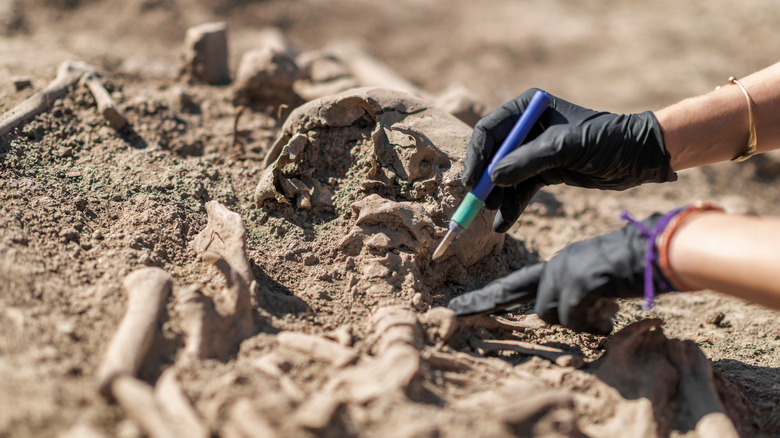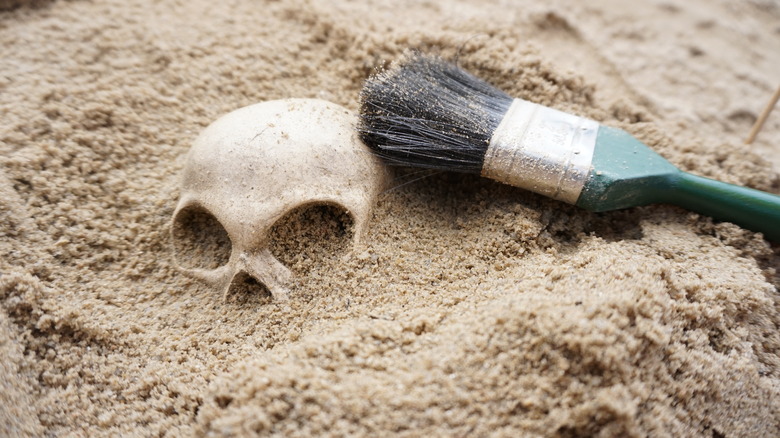Bioarchaeologists May Have Just Discovered The Oldest Skull Surgery In North America
Even by modern standards, performing skull surgery on a living person is considered a complicated procedure, which is why it might be surprising to learn that the oldest known case of skull surgery in human history occurred 13,000 years ago in Northern Africa. To give you some perspective, that's more than twice as old as the pyramids built by ancient Egyptians over 4,500 years ago. The Egyptians themselves were known to have performed skull surgery around 4,000 years ago.
Closer home in North America, it was widely thought the oldest instance of skull surgery on the continent dates back only around 1,000 years. However, a study conducted by bioarchaeologist Diana Simpson of the University of Nevada is challenging this long-held notion, Science News reports.
If Simpson's estimates are accurate, the oldest known case of skull surgery in North America could date back to anywhere between 3,000 and 5,000 years — which would make it older than the oldest known case of skull surgery in South America, believed to have happened during the height of the Inca empire, just over 1,000 years ago.
The man from Alabama
For more than four years, Simpson studied the remains of a North American man who was thought to have lived between 3,000 and 5,000 years ago in what is now modern-day Alabama. She presented her analysis at the annual meeting of the American Association of Biological Anthropologists held on March 28, 2022.
Key findings from her analysis included the fact that the man's skull had an oval-shaped opening that was evidently the result of a deliberate medical procedure. Further investigation revealed evidence of bone growth on the edges of the opening — indicating that the man not only survived the procedure but lived for more than a year after the surgery.
Simpson believes the skull surgery was performed to reduce swelling in the brain caused either by an attack or a severe fall. The man also had other injuries on his body, including a visible injury above his left eye, left arm, left leg, and collarbone. The nature of the leftover scars on the skull following the procedure was identical to that of ones left behind by similar ancient skull surgeries performed in other civilizations.
According to Simpson, most ancient skull surgeries utilized a process called trepanation that involved drilling tiny holes into the skull and, in some instances, scraping and cutting off parts of the skull. Ancient medical practitioners widely used the process as a potential cure for headaches caused by injury or disease.
Who was this person?
While it is nigh impossible for anyone to guess who this person was, evidence increasingly points towards the likelihood of him being a local ritual practitioner or shaman who served his community. This inference is based on the items and artifacts found with him inside of the grave. These items included sharpened bone pins, as well as deer and turkey bones, things consistent with items found inside other graves belonging to ancient ritual practitioners found at hunter-gatherer sites dating back to anywhere between 3,000 and 5,000 years.
The man's body was found alongside 162 other individuals at the Little Bear Creek Site in Alabama back in the 1940s. The remains were kept in a museum for more than 70 years until 2018 when Simpson began to study them. Since then, the body has been returned to Native American communities in the region for reburial, confirms Science News.


